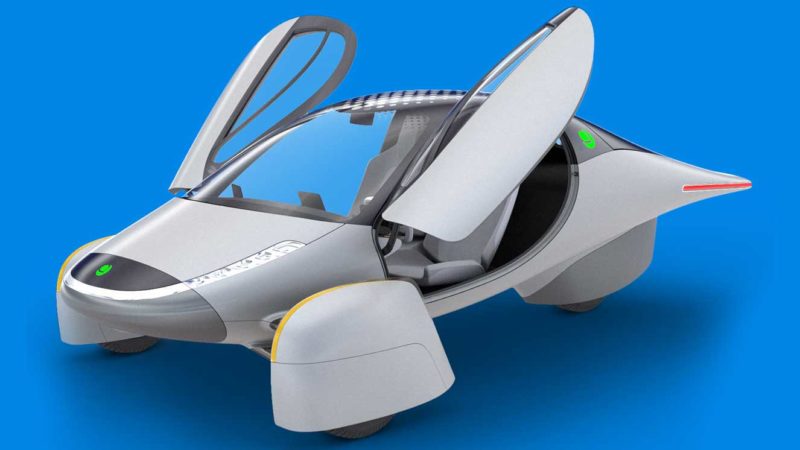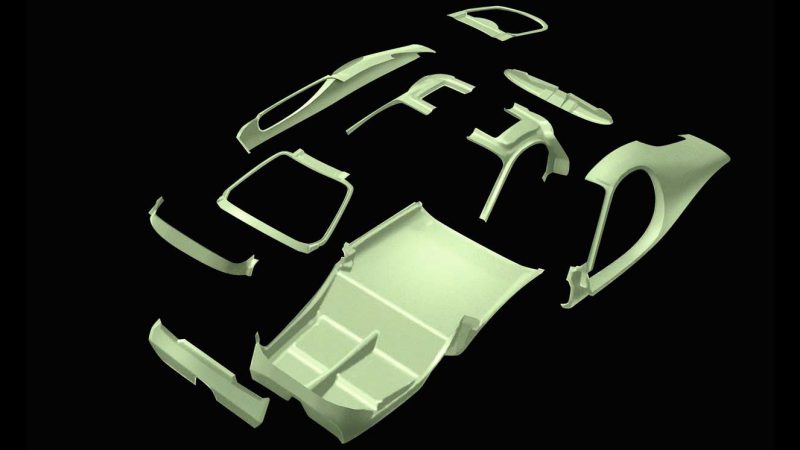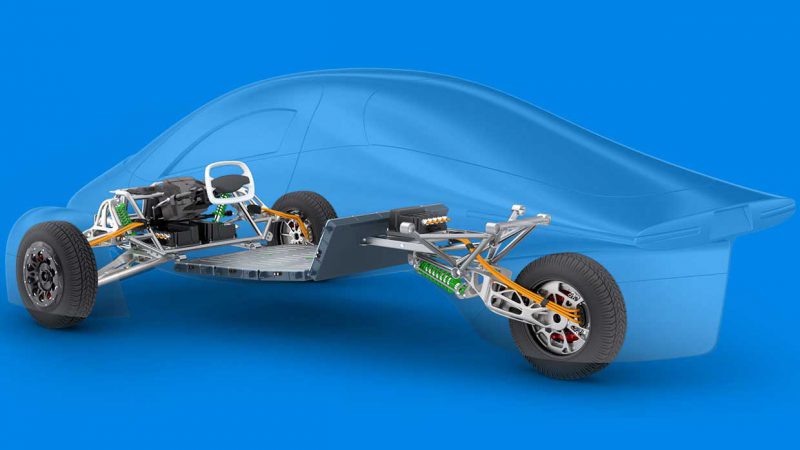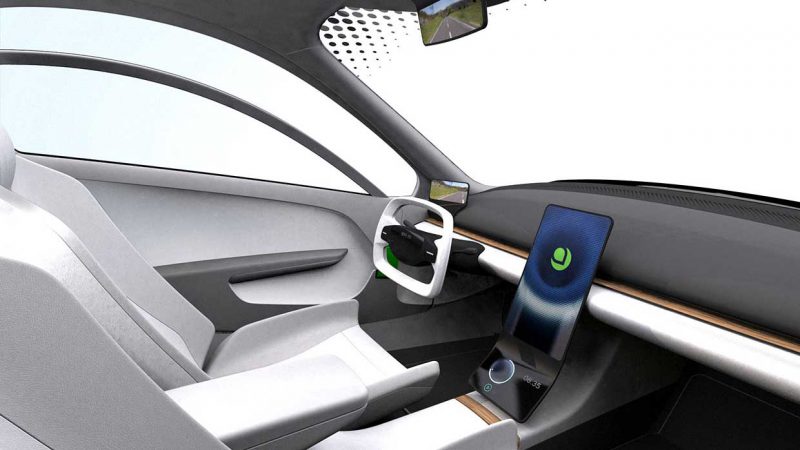Is a 1600km range EV possible? This startup thinks so

Aptera – a startup named for a Greek word meaning “wingless,” and which has recently reincarnated from the ashes of a decade-old liquidation – thinks it can make a vehicle that has not 600km, not 800km, not even 1,000km, but 1,600km range.
The Californian EV startup, whose goal is to create a high-efficiency, three-wheeled road vehicle, first came to media attention in 2006 when it unveiled a hybrid diesel-electric vehicle originally called the “typ-1” and later the “2e” that it said could get 200 miles per gallon (which equates to 1.18 litres for 100km in Australian terms).
Due to a number of factors, however, the company began to fold in 2009, eventually returning pre-order deposits which it had taken from enthusiastic believers.
Now, Aptera is back – with a great deal of gung-ho, and a dream to bring back its three-wheeler, this time as a purely battery electric vehicle, with that so far mythological 1,600km range.
In an interview with IEEE Spectrum, original founders Chris Anthony, Steve Fambro, and Michael Johnson (the first two now CEOs of Aptera take two, with Johnson listed as “co-founder”) explain how they plan to do it.
Offering a range of battery packs from 40kWh to 100kWh (the latter of which would achieve that amazing range), the Aptera team says that a 60kWh version will weigh just 800kg.
It plans to achieve this via a body made of resin-infused sandwich-core plastic composites, with zero aluminium, and an advanced aerodynamic design thanks to fluid dynamics computer simulation that resembles the sleek first gen 2e.

The flat battery pack which sits on the floor with an upturn towards the back constitutes no doubt one of, if not the the heaviest components of the vehicle (it will be liquid cooled, though the details of this are pending as yet unpublished patents).

With 50kW motors sourced from an undisclosed Eastern European supplier, the Aptera team intends to test out two-wheel drive and three-wheel configurations, with Fambro claiming to IEE Spectrum that the latter’s acceleration would only be limited by tyre adhesion.

Currently the company is seed-funded with low six-figures according to IEEE Spectrum, and the company has said while it accepting reservation orders of $US1,000 (about $A1,500) it is not taking pre-orders until it can give potential customers a delivery date.
It is seeking $US2.5 million ($A3.73 million) to create 3 prototypes by the end of 2019 with the hope of unveiling them in 2020, and is currently in talks with traditional equity and venture investors.
The team emphasises that it doesn’t want to be like Tesla, in terms of volume, but instead sees a niche market for high-efficiency vehicles.
This puts the company in competition with only one other possible contender at the moment, Dutch startup Lightyear One, which is “only” aiming for an 800km range that can be extended with inbuilt solar panels.
Stand by for 2020, then, when we will hopefully see more from this figurative phoenix of the electric vehicle world.

Bridie Schmidt is lead reporter for The Driven, sister site of Renew Economy. She specialises in writing about new technology, as well as using her technical skills in managing our websites.

No comments:
Post a Comment